Prior to the 2015-16 season, the NHL announced that it was altering its overtime format from five minutes of 4-on-4 to five minutes of 3-on-3 in an attempt to have more games end during gameplay rather than in a shootout or skills competition. It was designed to give more space to the players on the ice and the number of shootouts per season has declined since its implementation. In just the first season, the amount of games ending in shootouts declined from over 55% to under 40%. Mission accomplished.
When it first was introduced it seemed as if the players were racing up and down the ice, filled with odd-man rushes and glorious scoring chances. Was it exciting? Hell to the yeah it was. Probably the only people who didn’t share that same level of enthusiasm were NHL coaches. Because they like things structured and orderly. But it also has made the game a little more fan friendly.
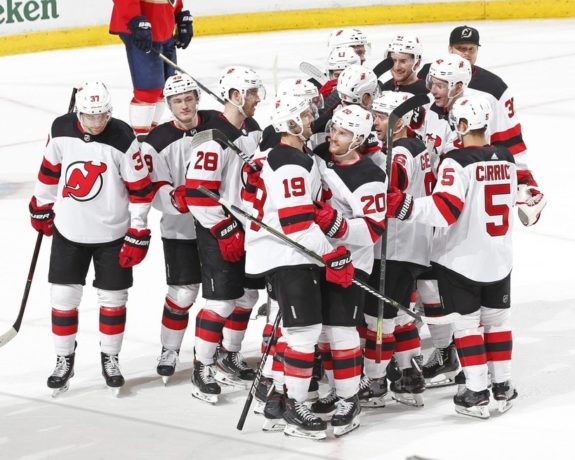
It took a while but now it seems just about every team has changed their strategies in the tie-breaking period. It isn’t all about getting the most scoring chances, but the right one. It’s a game of patience and possession instead of pursuing the puck. It makes sense obviously since you need the puck to score, but it’s interesting how the strategy has evolved over the four seasons.
During this past season, we spoke with three players from the New Jersey Devils (one goalie and two forwards) and their head coach to get their impressions of how the league has changed in its approach to the sudden death period.
None Shall Pass
For Devils goaltender Cory Schneider, he naturally would prefer there to be less run-and-gun and more possession-based play for his squad during 3-on-3. He also knows that all it takes is one misstep, one flub, or one quirky bounce and all of a sudden the play is coming towards him – likely in an odd-man rush.
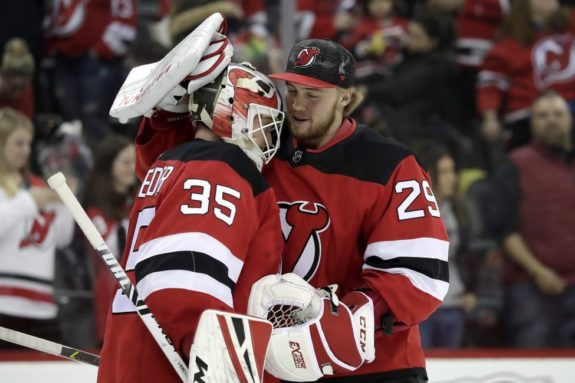
“If you don’t score on your shot sometimes it can turn around and come right back on a 3-on-1 or a 2-on-1 and you sort of missed your chance, and now they’ve got theirs,” said the goaltender who has played during both 4-on-4 and 3-on-3 during his NHL career. “It’s a bit of a game of chicken, so for me as a goalie, I always like the more conservative approach; but if we score it’s all good with me,” he added with a smirk.
“I think possession is huge. I think you realize once you give up the puck you may not get to back and you get running around in your end. You may not get a shot (on goal) for 45 seconds, but if you tire the other team out and get fresh legs on – that’s when you can attack,” Schneider said of what the current strategy is nowadays. “I think it’s definitely become more of a possession game. Obviously, if you can turn it over or get going on the rush you want to, but if you miss on one end they’re probably coming back down the other end.”
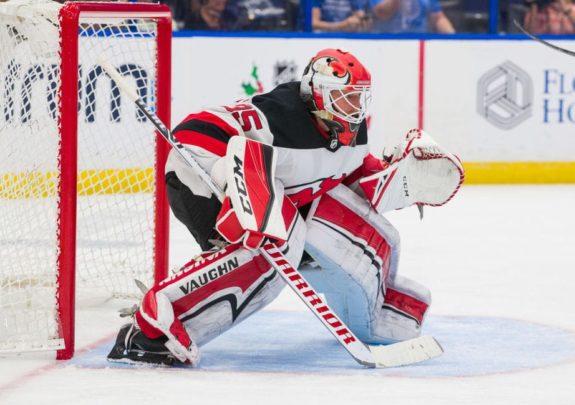
“You don’t want to trade chances like that. You just have to be patient, don’t throw the puck away or give it up easily. You may have to wait a minute or 90 seconds to get your look, but eventually, if you wear them down you go for it. Some of the quick strike stuff still works if you can make it happen or if you have the speed to do it. Some teams, and for us, it works better if we hang onto it and get into good structure defensively to try to force a turnover.”
Forward Thinking
If it were up to Drew Stafford there would be no shootout and an extended version of the 3-on-3 gameplay to decide a winner in regular season hockey games.“There are always ways that teams are trying to cut corners, find tricks that draw guys out of position to get a change or something like that. It’s definitely a totally different strategy then when we first started,” said Stafford, who just completed his second season in New Jersey.
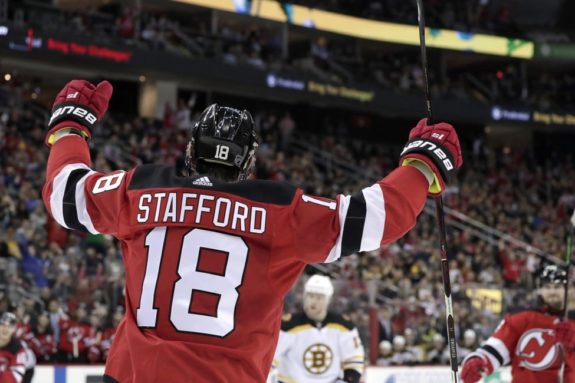
“Teams are smart, they are always trying to find ways (to expose their opponents) and most of the time it’s just one mistake or one bad change that gets a rush and then it goes back down the other way. I know the fans love it, the players not so much sometimes. But I would rather extend the 3-on-3 instead of going to the shootout sometimes just because it’s actual hockey, it’s a strategy.”
Stafford, like Schneider, played in the era when there was 4-on-4 in the NHL. Blake Coleman did not, but he played that version of overtime before joining the NHL. Like most hockey fans, he knows that usually, an odd-man rush will determine the winner of a game when it comes immediately after an odd-man rush the other way. Especially during a 3-on-3.
“It seems like more than 50% of overtimes end when there’s a Grade A chance, a big save or block, and then 2-on-1 the other way or whatever it is and the game is over. You can’t play timid but at the same time you have to be mindful of where you are on the ice,” explained Coleman.
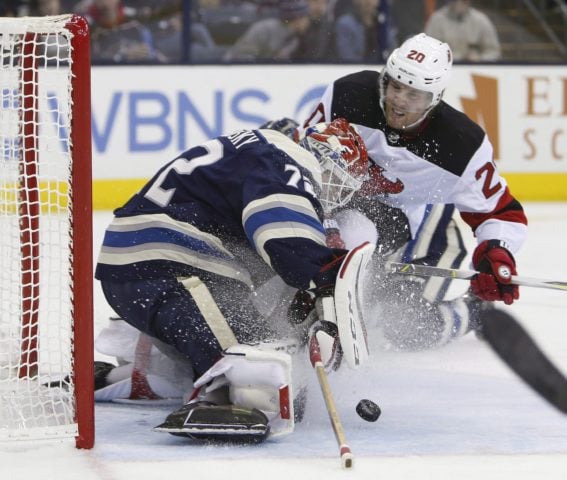
“I’m sure a lot of teams are teaching what we are taught: possession. Basically, instead of trying to break them down, it’s waiting for the other team to make a mistake or change. Obviously, you still want to be aggressive, but if you’re not getting a Grade A look it’s not worth giving up the puck.”
Coach Speak
Coach John Hynes echoed what his players said in confirming that the strategy now has become waiting for the opponent to make a mistake – whether it be them getting caught in a bad or slow line change or just wearing them down by controlling the puck for extended periods of time.
“3-on-3 is a lot different than 5-on-5, or even 4-on-4. You have to wait to create high-quality scoring chances so a lot of it is if you are in the offensive zone and you don’t see anything going on because there’s a lot of man-on-man. Sometimes you can kick the puck out and keep possession, sometimes you can draw the other team into a line change which could create an odd-man rush,” Hynes told us.
“It also allows you to be able to change (players) with the puck if you want to get fresh players out. I think a lot of the plays that happen and a lot of the goals come off the rush or situations where you can create them. Often the team that has the puck doesn’t want to give it up, and that’s a good way to be able to keep it. You’re trying to cause the other team to make mistakes and you look for high-quality chances.”
With the game faster than ever, the players more athletic, dynamic and creative as ever, the move to 3-on-3 overtime has been a brilliant extension to the NHL regular season. Just as long as they don’t try to determine playoff games or the Stanley Cup during a 3-on-3. For the regular season, it’s perfect, and I suspect it won’t be long until we get 10-minutes of it rather than just five.